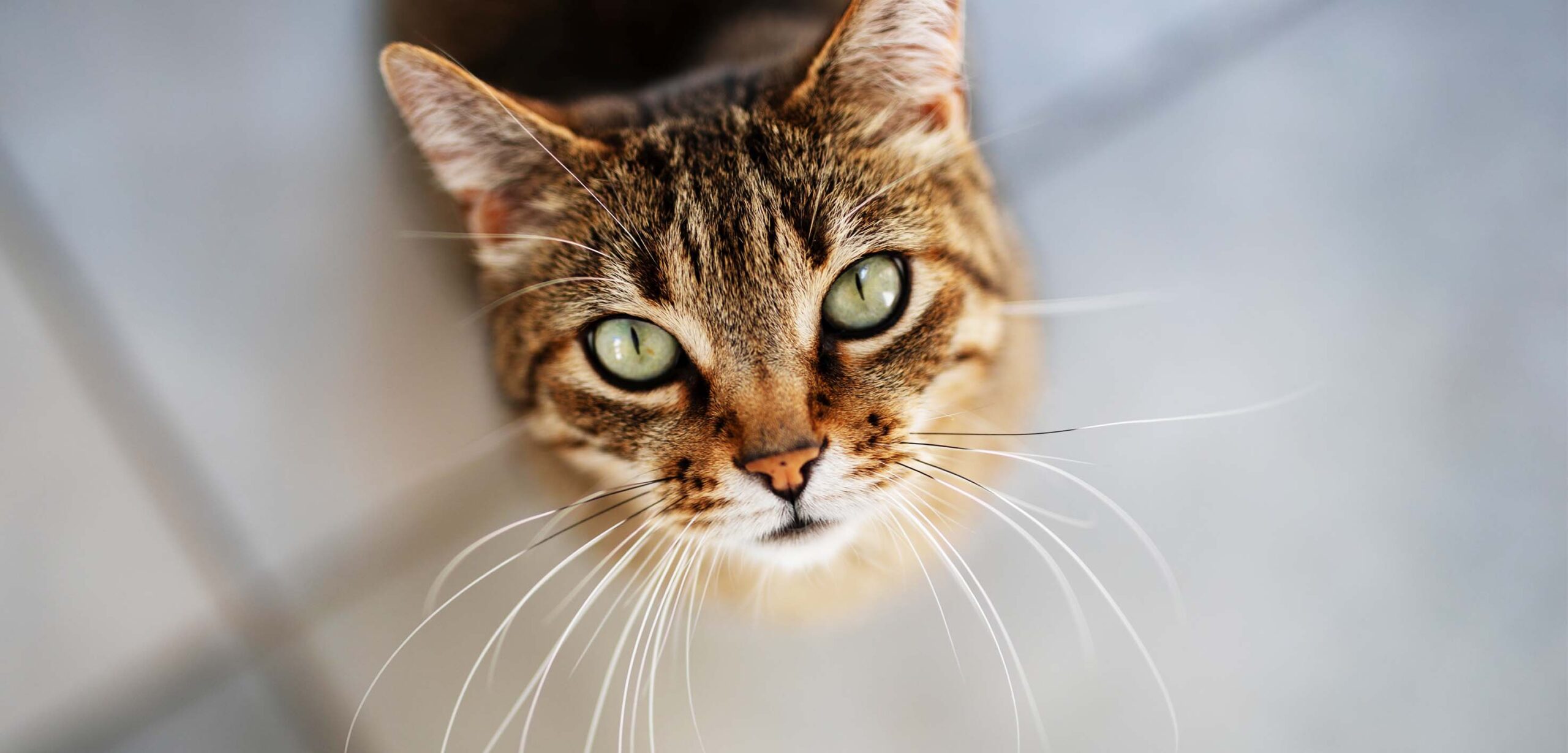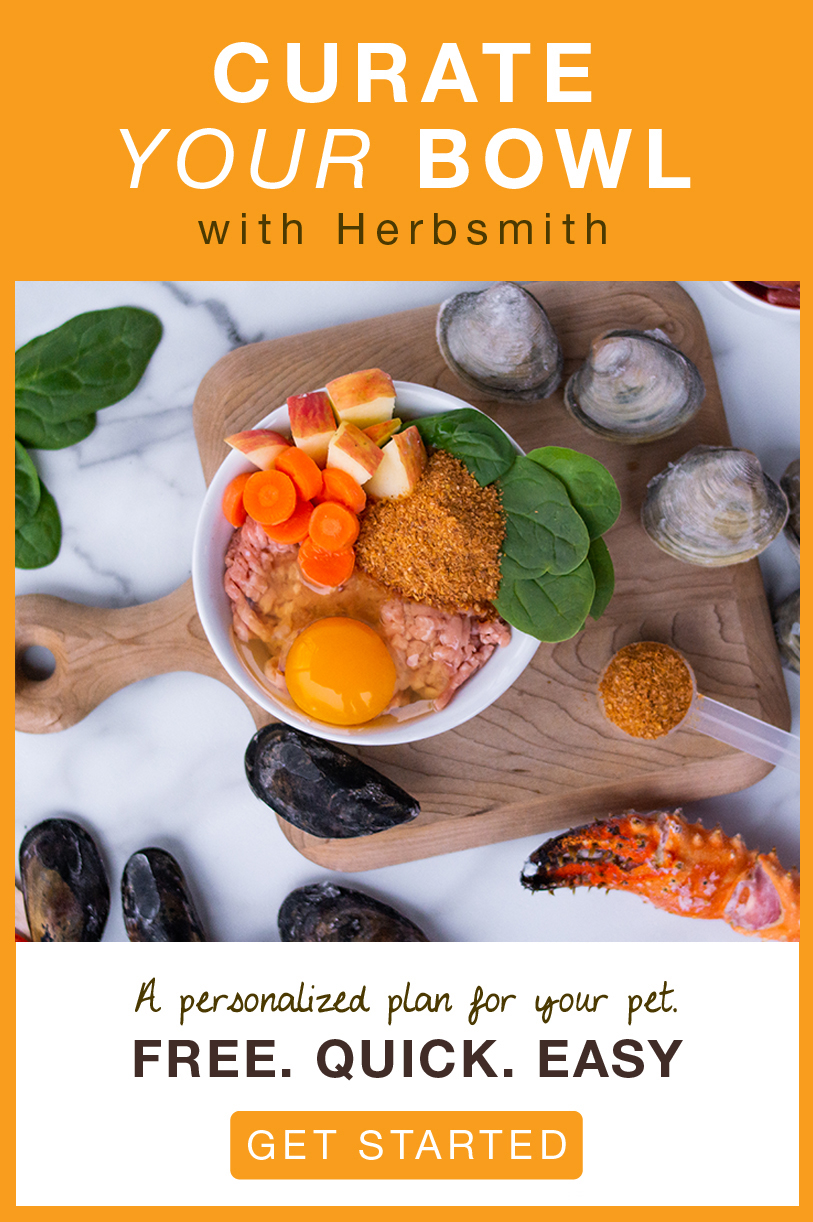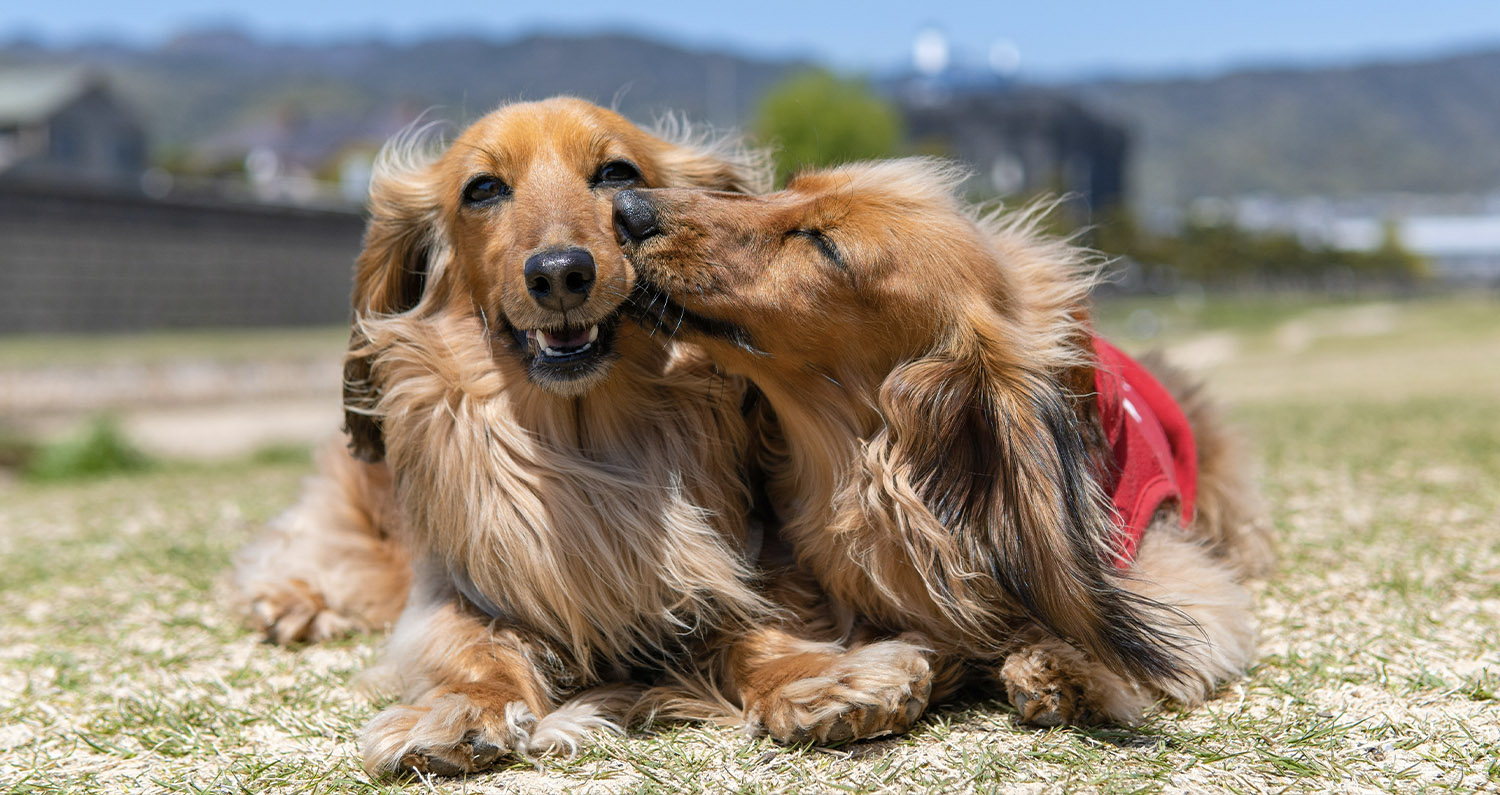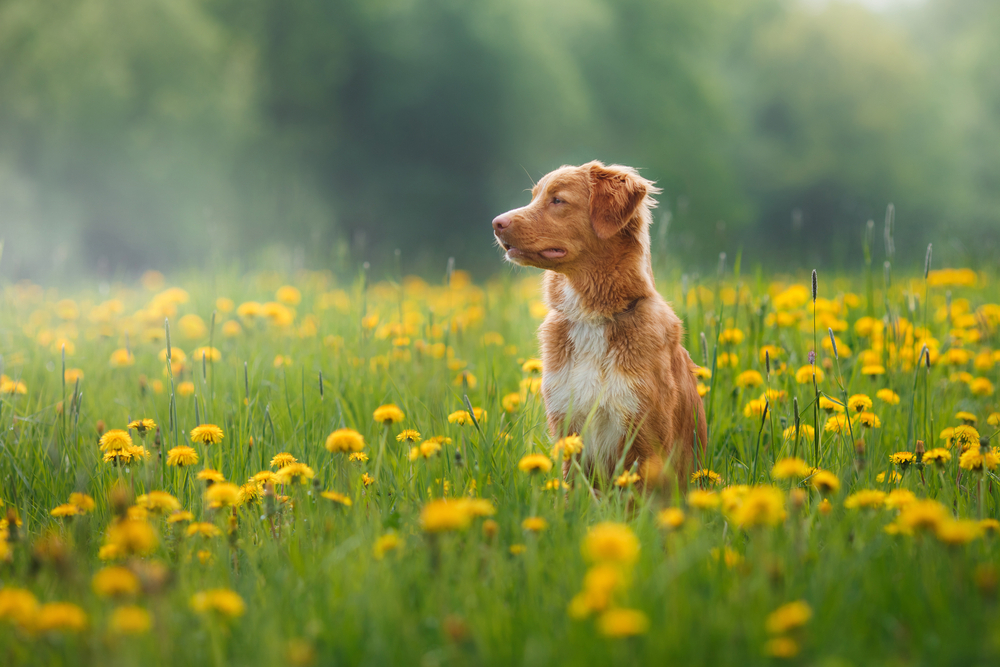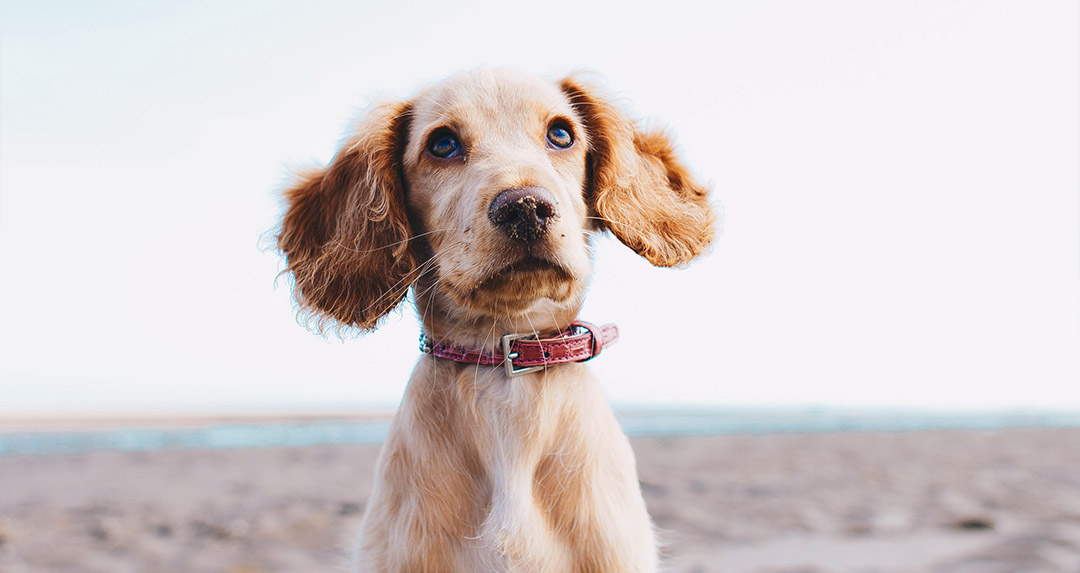Peering into your carnivore’s mouth, you may see (or smell) outward signs like red gums, stinky breath, or even that hard, crusted tartar. What isn’t so apparent in your kitty’s at-home dental check is that plaque and tartar build-up aren’t all you’ll need to confront.
Why You Can’t Chase Just The Tartar
Plaque turns to tartar in as little as 72 hours. And in that window, plaque is busy collecting minerals and creating layer after layer of biofilm. It creeps closer to the gum lining while hardening.
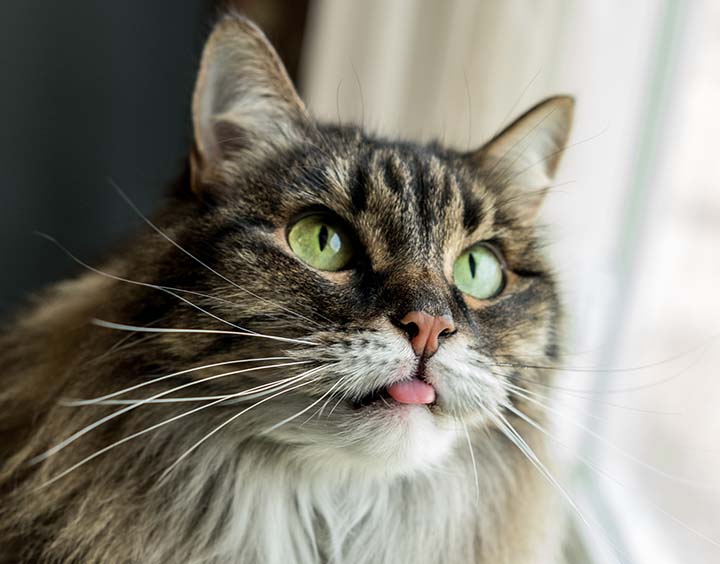
Tartar and its precursor may get most of your attention, but tartar is simply the vehicle. Bacteria are the real drivers of disease.
Your cat’s mouth is home to billions- microscopic organisms part of a complex community of oral flora called the oral microbiome. A healthy microbiome is balanced, good and bad bacteria, the viruses, the fungi, all coexisting. But when bad bacteria are given the vehicle to multiply and grow, they swiftly overtake the good bacteria charged with protecting your cat’s mouth.
Driven by harmful bacteria, tartar accumulates, nestling up right at the gumline. The growing population of harmful bacteria triggers an immune response- what you’re seeing when you notice the red, swollen gums in your kitty’s mouth.
Tartar then moves under the gums and creates small pockets while pulling the gum from the teeth. Bacteria get trapped in these small pockets in the mouth, driving the disease process further. This is periodontal disease.
Once there, the bacteria can also enter the bloodstream through the red, swollen, and bleeding tissue, affecting more than just the mouth. Bad microbes get flushed into the bloodstream through the inflamed or bleeding tissue, and that leaves the immune system to rid the body of these bacteria. A task that’s been shown to weaken the immune system irreparably – studies have linked periodontal disease to systemic disease, including kidney, liver, lung, and heart disease.
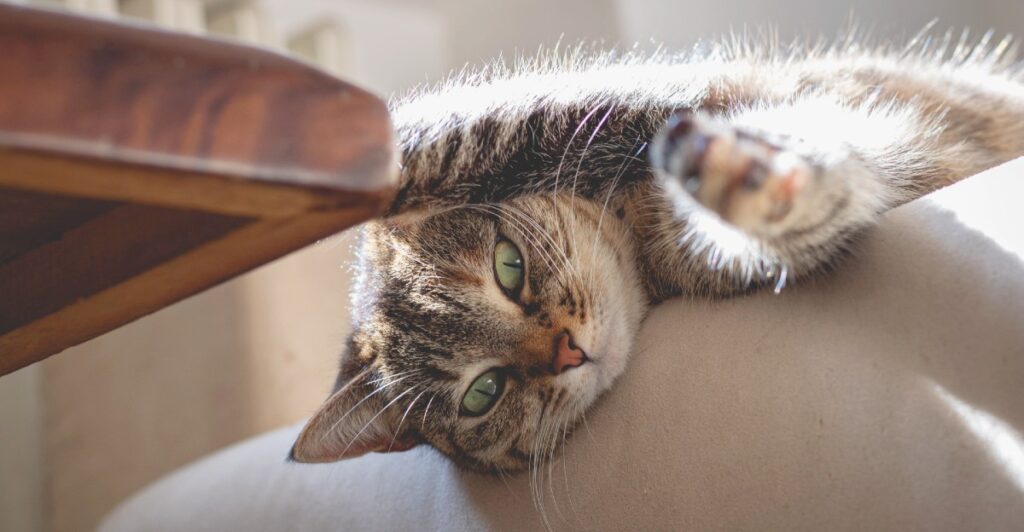
Take out the driver, and you can disable the vehicle. Of course, that has to involve the fuel that that driver relies on.
What feeds bacteria and the layer upon layer of biofilm? The carbohydrates in the bowl.
The Fuel Bacteria Uses

Whether kibble or canned, carbs lurk everywhere in pet food. The average dry food contains 35-50% carbohydrate and canned foods upwards of 20%.
Carbohydrates listed prominently on the label (corn, wheat, rice, to name a few), and the chances are the percentages are too high for your cat. (To calculate the exact number of carbs you’re dishing out, follow these steps and pull out the calculator.)
The issue with such high amounts of carbohydrates, and it is a problem for a few reasons, is that these carbohydrates get broken down into inactive glucose (i.e.sugar).
Excess carbohydrates, i.e., sugar adhere to the teeth (think about how fruit snacks stick in every crevice of your molars) → The combination of minerals, food particles, and the harmful bacteria feasting on those sugars create plaque or pre-tartar.
More tartar → more harmful bacteria join driving the disease process (red gums, swelling, bad breath).
And we know it’s going to be said, so we’ll nip it in the bud now. NO kibble does not clean a cat’s teeth, so the cycle happens every time a scoop of kibble is added to the bowl
The Long-Term Dental Health Plan: A Curated Bowl
Dental health is fueled by diet, so if isn’t a priority, it won’t matter how many quick fixes you try. You’ll still be giving the harmful oral flora every opportunity to drive out the good.
So, the first part of the plan has to be diet.
Start With What You Put In The Bowl
What should be in the bowl should reflect what your cat is designed to eat.
As obligate carnivores, cats’ diets must consist of meat and organs to survive.
From those sharp cuspids, the short gi tract meant to move food through quickly, and the innate predatory instincts, every aspect of their physiology supports what they’re designed to eat. Carby-kibble doesn’t make the list.
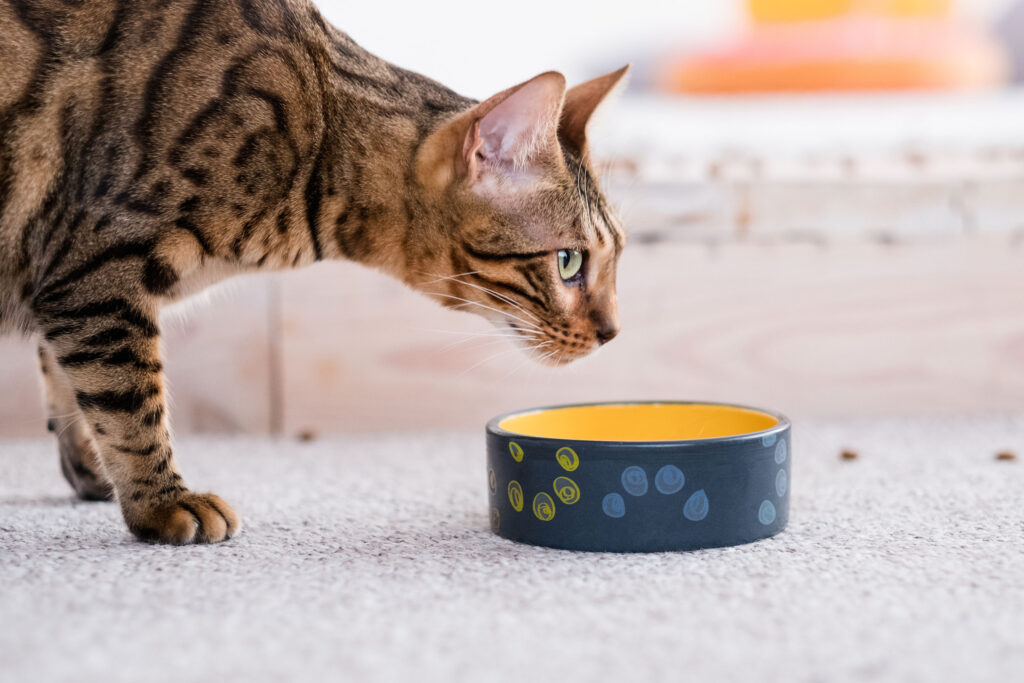
Your focus should be on a species-appropriate diet for your cat - a diet high in animal proteins (80-90%), high in moisture, and low in those carbs.
Consider switching to a raw, whole food diet or a ketogenic freeze-dried raw cat food. (Learn more about what your cat should be eating and the role carbohydrates play here).
When you feed a diet designed for your carnivore, you aren’t contributing to further tartar buildup and bacteria like kibble would. This benefits more than just the mouth– your kitty’s immune system, oral and gut microbiome, all reap the benefits.
Add Billions of Synbiotics
The next step in curating the bowl is reinforcing the good bacteria in the oral microbiome. While the complex communities of microorganisms mostly congregate in the lower gi tract vying for the best real estate inside the gut, these intricate networks interconnect, affecting one another.

Enough synbiotics– probiotics + prebiotics in the bowl and your cat’s oral microbiome (those communities of the biota) can help drive out the growing populations of harmful bacteria to balance the populations of oral flora.
And because your cat’s mouth and those cute little teefers aren’t isolated or individual, populating the oral microbiome with good bacteria benefits not just your cat’s oral health but lightens the load on your kitty’s immune system, digestion, and the gut microbiome.
Add An Anti-Microbial Herb & Sea Algae
The secret to a successful dental defense is in the combination, one that uses a three-pronged approach.
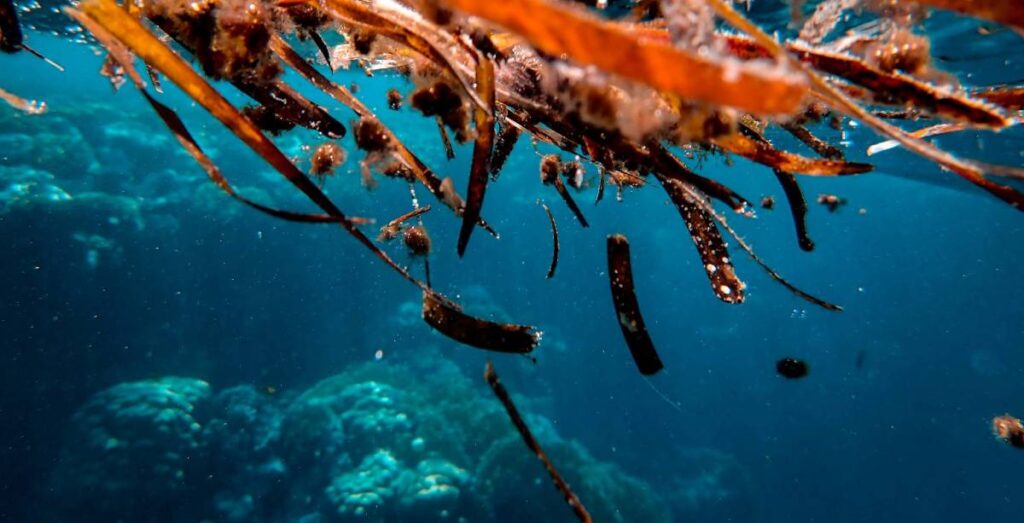
Sea Algae
The average plant is poisoned by salt and drowned in seawater, but not sea algae. This hearty algae can be found in oceans, lakes, and rivers because it’s adapted to thrive in the harshest environments.
One of its clever defense mechanisms effectively breaks down biofilm. Tartar on your cat’s teeth is essentially just layers of biofilm, so taking advantage of sea algae’s osmotic effect, we can use this sea superfood to annihilate tartar.
The Herb
Parsley may be a surprise to some, but this herb boasts anti-microbial and anti-bacterial properties, helping to balance the oral microbiome.
And its clean taste freshens your kitty’s breath.
The Connection
Now, this is what brings everything together.
Using eggs and gelatin as a binding agent, pairing it with fiber, like guar gum and pea, and bringing those all together with the unifying nutrient lecithin, it becomes the vehicle delivering dental defense to where it actually matters.
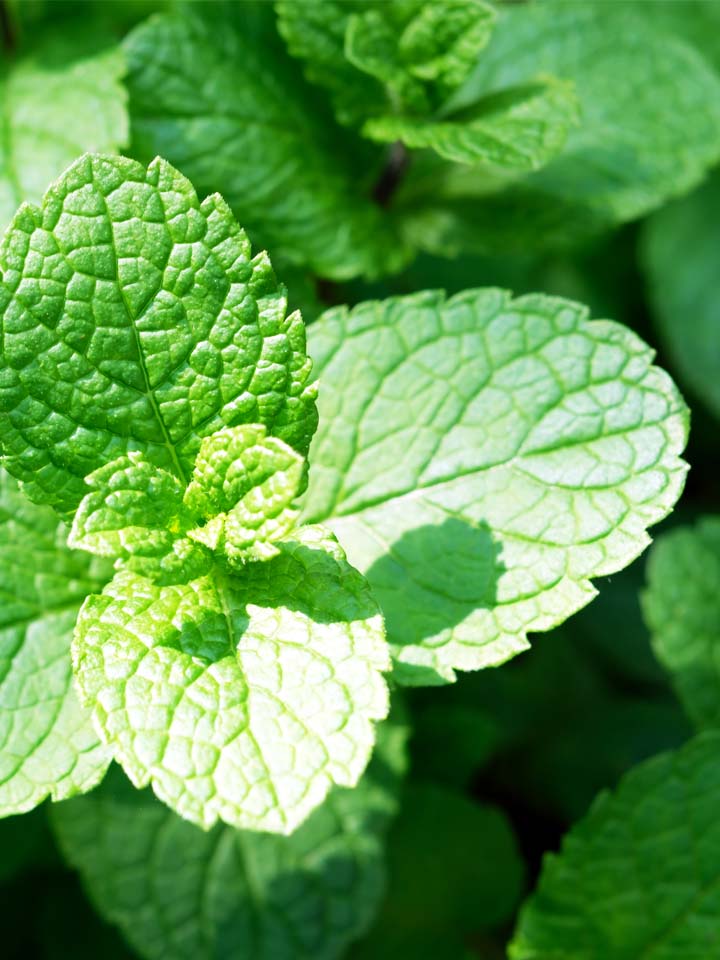
This ingenious combination bonds the sea algae and parsley to the gum line where cats are most vulnerable to tartar and bacteria accumulation.
Add a scoop to your kitty’s evening meal, or mix with water for a ready-made toothpaste, and these ingredients will go to work to kill bacteria, soften tartar, and freshen your floof’s breath.
Use Nature's Toothbrush
The sea algae will be working alongside the efforts of the mechanical chew here, softening that tartar first, but the use of raw, meaty bones helps remove that tartar.
Chicken necks or wings work particularly well for kitties. Your cat sinks her teeth into the bones and tendons, so her teeth are surrounded. When she pulls her teeth out, the bones scrape off some of that tartar.
Just be sure that you’re holding fast to the raw, meaty bone while your kitty works. (Please, never cooked bones.)
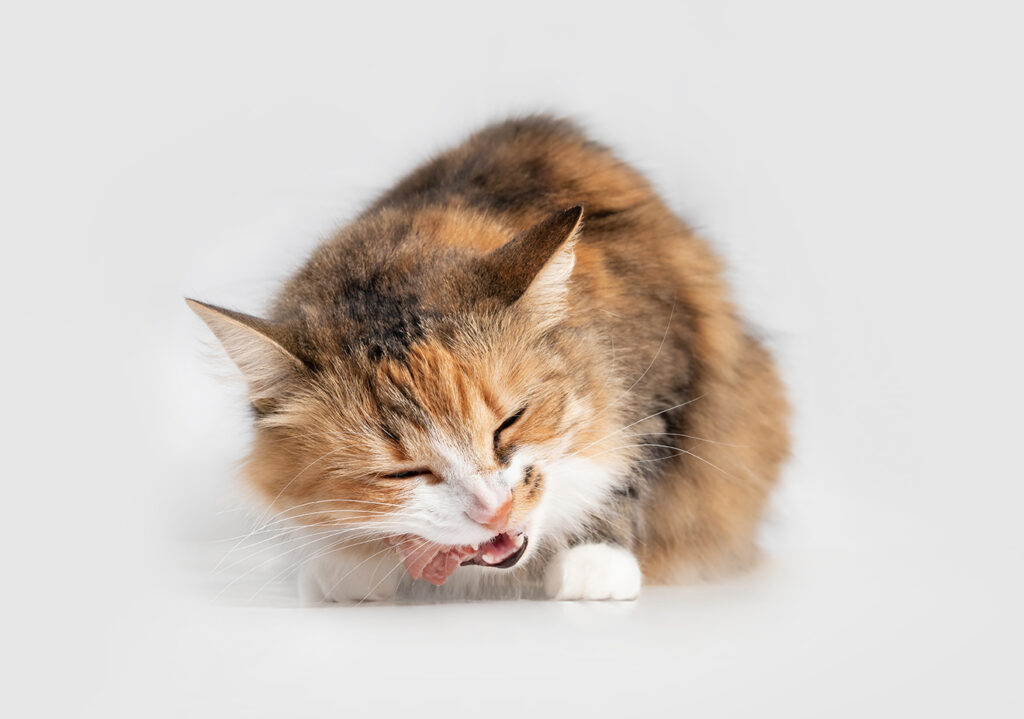
A successful long-term dental routine doesn’t stop at a short-term fix, even one as effective as sea algae and its collaborators. But when you confront the driver of dental issues and its pit crew, you address existing tartar, the red gums, and stinky breath.
And doing that is as simple as adding a few key ingredients to the bowl.
Share this Post
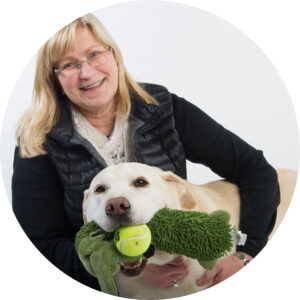
Dr. Chris Besent
Chris Bessent, DVM, MSOM, Dipl. OM, L.Ac. has over thirty years of experience in veterinary medicine including certificates in veterinary acupuncture, veterinary chiropractic and veterinary Chinese herbology. Imbued with Eastern philosophy and the knowledge that food is the foundation of health, Dr. Bessent also received her degree in veterinary nutrition and began to formulate recipes fit for a carnivore from nothing but whole foods. Currently, she divides her time between the Simple Food Project and Herbsmith, both of which are owned and operated out of her facilities in southeastern Wisconsin.

Kayla Behling - Writer
Kayla is the Content Editor for Herbsmith. She has a cat named Professor Cat-Faced Meowmers, who goes by Kitty, and a goof of a dog, named Duck. She stays busy biking trails, playing board games, and searching for the next best craft beer.
